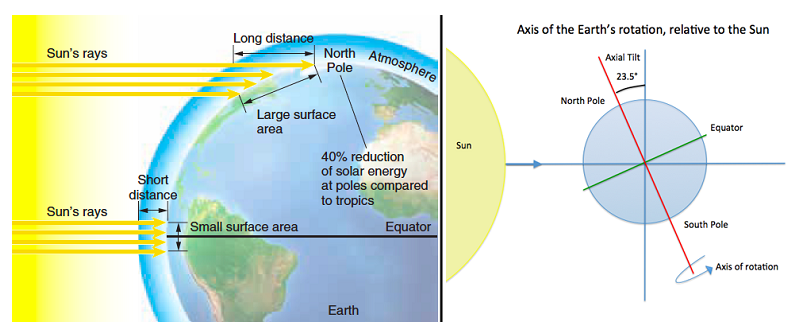Variation in the effects of the environment on different genotypes is known as:
A. norm of reaction.
B. complex variation.
C. genotype-by-genotype variation.
D. genotype-by-environment interaction.
E. environment-by-environment variation.
D
You might also like to view...
Which of the following most accurately describes what is happening along the electron transport chain in the accompanying figure?
A) Electrons are transferred to ADP to generate ATP at each step in the process. B) Each electron carrier alternates between being reduced and being oxidized. C) ATP is generated at each step of the process. D) Energy of the electrons increases at each step of the process. E) Molecules in the chain give up some of their potential energy.
The Earth is spherical, which causes differences in the intensity of solar radiation at different latitudes. The Earth is also titled on its axis at a 23.5? angle. How do you think this tilt affects the intensity of solar radiation?

A. In the Northern and Southern hemispheres, equal latitudes receive the sun's rays at equal angles year round.
B. The Northern hemisphere has a lower intensity of solar radiation than the Southern hemisphere because it is tilted away from the Sun year round.
C. The sun's rays strike the Northern hemisphere more obliquely during its summer months and less obliquely during its winter months.
D. The Northern hemisphere has a higher intensity of solar radiation than the Southern hemisphere because it is tilted toward the Sun year round.
E. The sun's rays strike the Northern hemisphere more obliquely during its winter months and less obliquely during its summer months.
Organisms usually have only a single transport system for any nutrient.
Answer the following statement true (T) or false (F)
A flower has four copies of each chromosome. This is an example of ________
Fill in the blank(s) with correct word